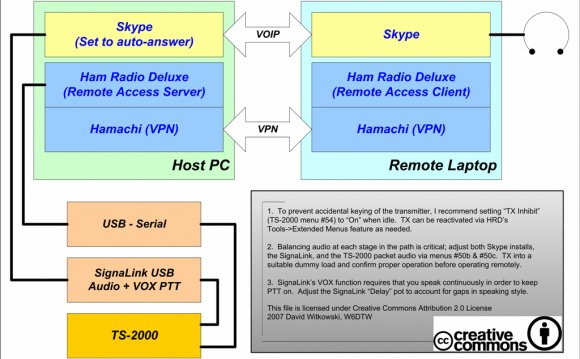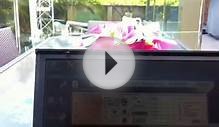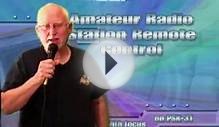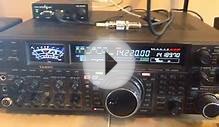
When transmitting, every amateur station must have a control operator who must have access to the primary control functions of the station [97.7]. There is a very special exception to this rule, as described in the following section on automatic control. There are three types of "primary" control for a repeater: local, remote and automatic control. 1) Local control is when the control operator is physically located at the repeater site and is actually monitoring and controlling the repeater's operation whenever it's on. This is the simplest form of control, and is typical where the repeater is located at the licensee's home or other place. It is defined by the FCC as the use of a control operator who directly manipulates the operating adjustments in the station to achieve compliance with FCC rules [97.3(a)(30] Most people can't listen 24 hours each day.. 2) Remote control (also known as "telecommand), " is when the repeater is located away from the licensee, such as on a tall building or tower, or a mountain. The FCC defines "remote control" as the use of a control operator who indirectly manipulates the operating adjustments in the station through a control link to achieve compliance with the FCC Rules [97.3(a)(38)]. Under remote control, the repeater's control operator(s) can monitor and control its operation by some form of control link from distant locations. The duties of monitoring and controlling the repeater can be shared by several amateurs, all of whom have been designated by the repeater's licensee as "control operators". They have been given access to the remote control system, and also been given the "secret" codes used to control the repeater's various functions. Such a remote control link can take any of several forms. There are three basic types: (a) A dedicated wireline from the remote control point(s) to the repeater site. Although such a system might be somewhat expensive, as renting a dedicated line from the telephone company is not cheap, it is very secure! Nobody else has any access to this type of line. One limitation is that it can only be accessed from those specific locations where it terminates. (b) A non-published telephone line into the repeater site. Such a line can be accessed from any telephone, so precautions must be implemented such that an accidentally dialed "wrong number" won't inadvertently cause the repeater to do something the control operator doesn't want it to do. The simplest form of controller is a "ring counter" which counts the number of times the telephone rings then performs some function. This is, however, not very secure, and should not be used as a means by which a repeater can be turned on. A more secure controller usually answers the telephone line, after which the control operator must send a non-published sequence of DTMF tones to perform the desired control function. Note that in both cases (a) and (b), above, the control link must be available 100% of the time! Therefore, a telephone control line can not also be used for an autopatch. This is because if the autopatch is in use, the telephone line is busy, in which case the control operator could not gain access to the repeater's control system if he needed to. (c) A radio control link using auxiliary stations, operated by designated control operators and transmitting on authorized auxiliary frequencies 2 m and shorter wavelength bands, except the 144.0-144.5 MHz, 145.8-146.0 MHz, 219-220 MHz, 222.00-222.15 MHz, 431-433 MHz, and 435-438 MHz segments. Again, this control link must be available to the control operator(s) 100% of the time, so it cannot be used for...
INTERESTING VIDEO












